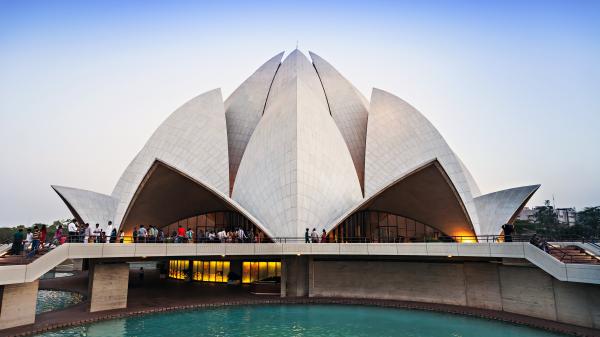Leap Year in the Bahá'í Calendar
The Bahá'í leap year occurs when five extra days, instead of four, are added between the last two months of the calendar. This usually happens every four years.

The Baha'i temple in New Delhi, India.
saiko3p©bigstockphoto.com
Common years in the Bahá'í calendar have four extra—or intercalary—days between the last two months of the year. This period is known as Ayyám-i-Há.
Realigned With Equinox
In 2015, the Universal House of Justice, the international governing body of the Bahá'í faith, passed new rules governing leap years. Now the number of intercalary days added to the calendar depend on the timing of the Vernal Equinox.
When is Ayyám-i-Há?
Ayyám-i-Há usually occurs in late February and early March in the Gregorian calendar. In 2026, it lasts from February 25 to March 1.
Celebrating God's Love
The days of Ayyám-i-Há have special significance in the Bahá'í faith. It is a festival that encourages members of the faith to celebrate God and devote themselves to charity and giving. The end of the period marks the beginning of the Nineteen Day Fast, which ends on Nowruz (also spelled Nauroz or Naw-Rúz), the first day of the Bahá'í New Year.
19 Months in a Year
In the Bahá'í Calendar, which is a solar calendar, a year is 361 days long, several days shorter than an actual tropical year. It is divided into 19 months with 19 days each. Four or five intercalary days are added between the last two months of the year in order to synchronize the Bahá'í year with the solar year.
Before 2015, the calendar was locked with the Gregorian calendar, so that the first day of the year was always on March 21. New rules took effect on March 20, 2015, which uncoupled the two calendars. Now, the first day of the Bahá'í year falls on the day of the March Equinox.